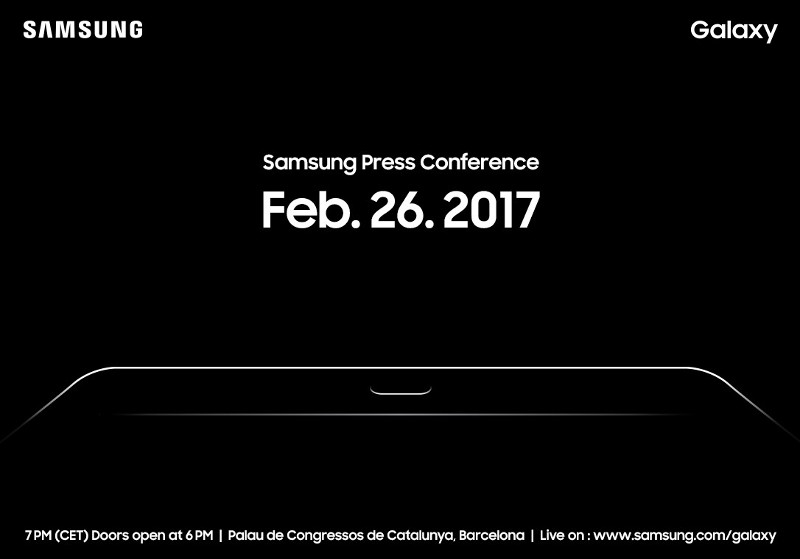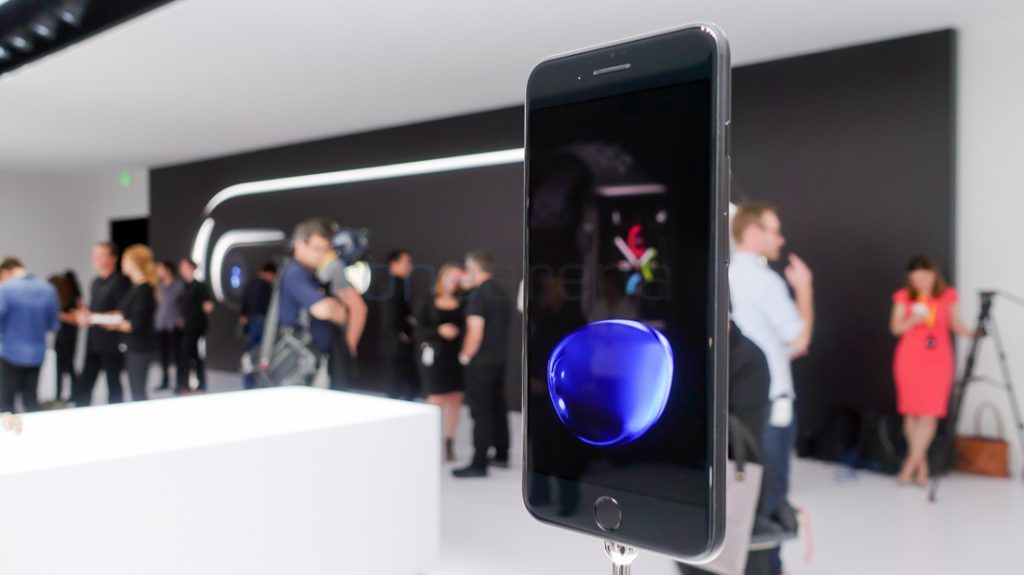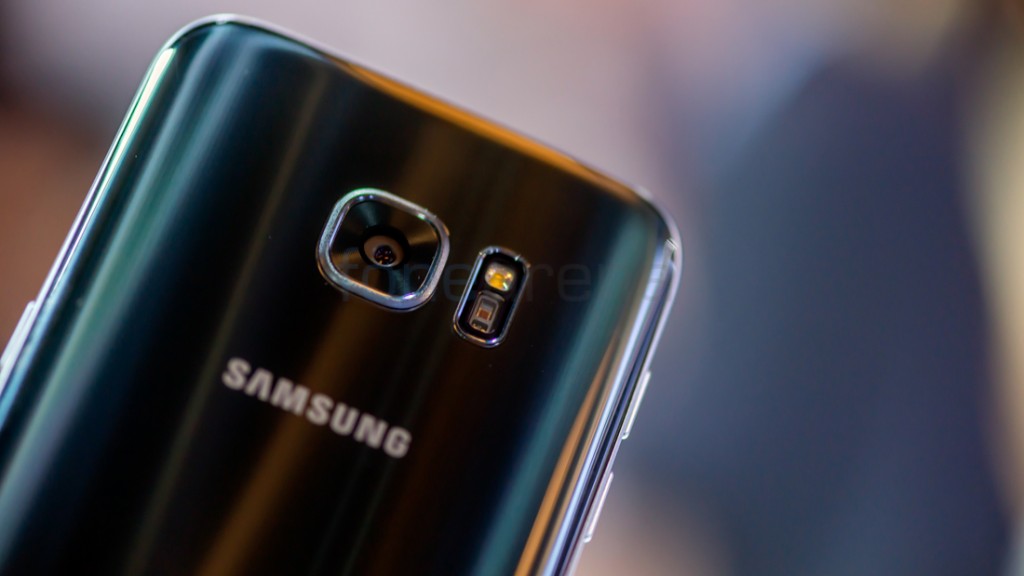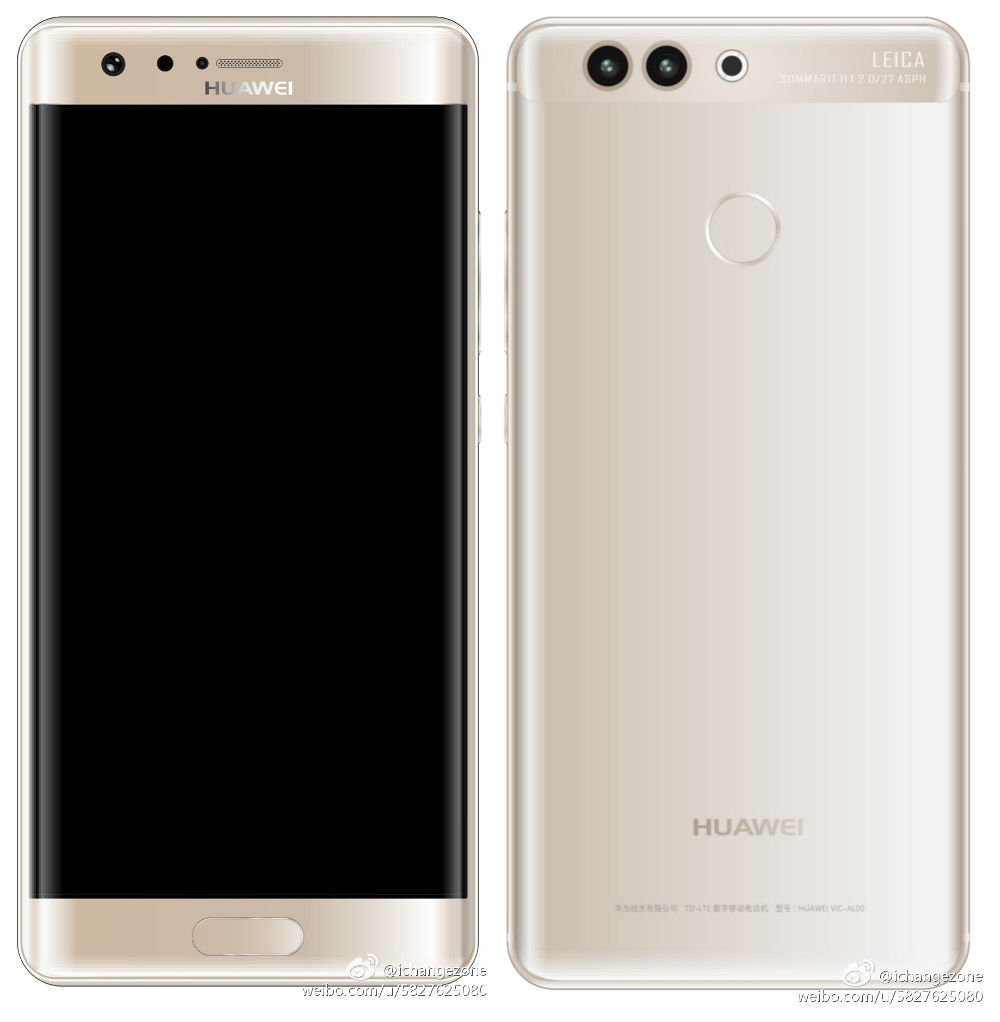The SwRI-developed Alice ultraviolet spectrograph, shown here during final integration, collected more than 70,000 spectra during a 2-year mission orbiting comet 67P/Churyumov-Gerasimenko. The instrument performed flawlessly during the ESA/NASA Rosetta mission, which ends Sept. 30, 2016.
Credit: Image Courtesy of Southwest Research Institute
After a two-year orbital tour around comet 67P/Churyumov-Gerasimenko, ESA's Rosetta spacecraft -- carrying Southwest Research Institute's Alice ultraviolet spectrograph -- will end its mission this week on Sept. 30. Rosetta is the first spacecraft to orbit and escort a comet, and Alice, developed and operated for NASA, is the first instrument to obtain far-ultraviolet observations at a comet.
"Alice did its job perfectly, taking over 70,000 spectra in two years, providing a gold mine of data for comet scientists to study for years to come," says Dr. Alan Stern, Alice principal investigator and an associate vice president of SwRI's Space Science and Engineering Division.
Alice probed the origin, composition and workings of comet 67P's atmosphere and surface, collecting high-resolution data that allows scientific insights not possible with ground-based or Earth-orbital observations. Its discoveries include finding an unexpectedly porous, "fluffy" dark surface. Alice also documented a surprising lack of exposed water ice on the comet's surface and identified an extremely volatile, unexpected gas in the comet's atmosphere -- molecular oxygen.
"The Rosetta mission has provided an unprecedented window into the origin of comets and the way comets work," says SwRI's Dr. Joel Parker, Alice's deputy principal investigator.
The shoebox-sized Alice is a highly miniaturized UV imaging spectrograph, providing 1,000 times the data of instruments flown just a generation ago, yet weighing less than 4 kilograms and drawing just 4 watts of power. Alice is one of a family of UV spectrographs developed by SwRI. Similar instruments are operating aboard the New Horizons spacecraft that explored Pluto last year, the Lunar Reconnaissance Orbiter that has been examining the moon since 2009, and the Juno spacecraft now orbiting Jupiter.
Alice is one of two Rosetta instruments built and operated by SwRI. The other, the Ion and Electron Spectrometer (IES), is led by Principal Investigator Dr. Jim Burch, vice president of SwRI's Space Science and Engineering Division. With a mass just over 1 kilogram, IES achieves sensitivity comparable to instruments weighing five times more. IES gathered data about the interaction of the solar wind with the comet's expanding atmosphere or coma. IES provided the first measurements of negatively charged, submicron-sized dust or ice grains in a cometary environment and discovered previously unobserved negative hydrogen ions produced through the solar wind/coma interaction.
Story Source:
Materials provided by Southwest Research Institute. Note: Content may be edited for style and length.













No comments:
Post a Comment